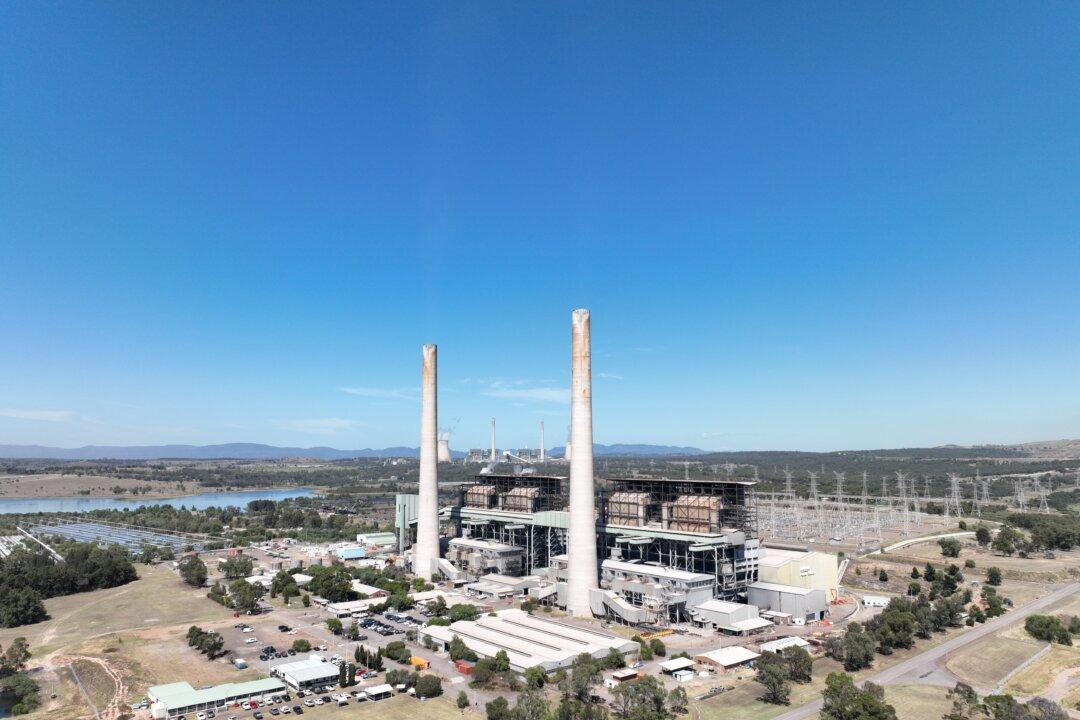Another major coal-fired power station in Australia has been shut down after 52 years of service as its owner steps up the transition to renewable energy.
On April 28, AGL, Australia’s largest energy producer and retailer, officially turned off the engine of Liddell’s remaining generators, marking the end of the 1,500-megawatt power station that once supplied electricity to around a million Australian homes.





